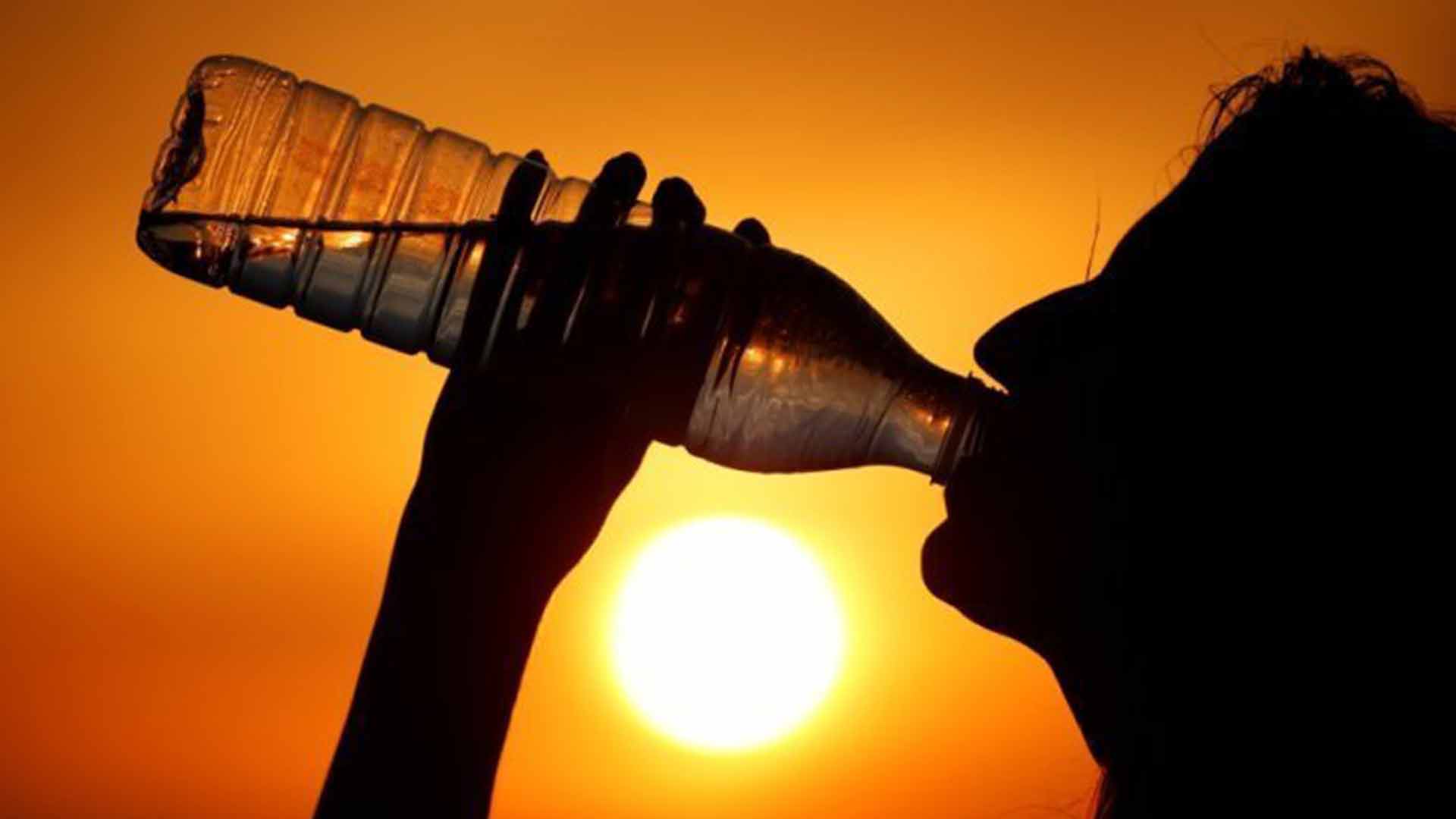By: DR. AZIZUR RAHMAN
The human body’s ideal temperature is 37 degrees Celsius, or 98.4 degrees Fahrenheit. When the body temperature rises, it dilates the blood vessels to release the extra heat to the surroundings. Sweating is another method by which the body cools itself. However, if the body temperature rises above 105 degrees Fahrenheit due to effort or prolonged exposure to sweltering and humid conditions, it can lead to heat stroke. This can result in the body’s inability to regulate its temperature.
Heat stroke is usually preceded by hyperthermia, headache, weakness, chills, and nausea. As the illness worsens, more symptoms can surface, such as inflamed skin, mental instability, trouble walking, low blood pressure, dry skin, less sweating, vomiting, nonsensical speech or behaviour, frequent breathing, a fast pulse, enlarged pupils, convulsions, fainting, and more.
Elderly people and young people are more vulnerable to heat stroke because they can’t control their body temperature. Long-term, physically demanding jobs in intense heat, such as those of miners, farmers, construction workers, and rickshaw pullers, are also at risk. Regular alcohol and certain medications, such as antipsychotics, can also contribute to this illness.
Non-exertional (classic) heat stroke causes are usually associated with prolonged exposure to hot environments. This condition is more common among elderly individuals and those with chronic illnesses. Farmers working in hot weather and people exercising in extreme heat can also suffer from heat stroke.
Factors that can contribute to heat stroke include overdressing, which hinders the body’s ability to cool down by sweating, drinking alcohol, which reduces the body’s ability to regulate temperature, and not drinking enough water to replace fluids lost through sweat, leading to dehydration.
If you want to get relief from the scorching heat, it is important to take precautions such as staying hydrated, wearing loose and light clothing, avoiding direct sunlight during peak hours, and taking breaks in shaded areas. Limit your physical activity during peak heat hours and seek medical attention if you experience symptoms of heat stroke.
Symptoms of heat stroke include:
Darkness in the eyes or hallucinations
Sudden change in mental status
loss of consciousness (coma)
Hot, dry skin or profuse sweating
convulsions
Very high body temperature
If the body temperature is 40 degrees Celsius or more, it should be understood that heat stroke has occurred. This is the main symptom of heat stroke.
Heat stroke is a serious condition that can occur on hot days. However, there are some guidelines you can follow to prevent it. You should wear loose, light-coloured cotton clothing, spend as much time as possible in a shaded area, and use an umbrella, cap, or hat when going outside in the sun. Additionally, it is important to drink plenty of fruit juice or saline water, spend less time in the sun, and avoid intense physical activity in the summer.
If you’re out and about on vacation, it’s important to be cautious. Try to complete short-range shopping in the evening, and avoid taking children and elderly people to the market. It’s also a good idea to avoid sugary, greasy, and fried foods, as these types of foods can accumulate heat within the body. Additionally, it’s best to avoid alcohol and hot tea or coffee.
If you or someone else experiences the warning signs of a heat stroke, it’s important to take action quickly. Move to a relatively calm place and wet a cloth to wipe the body. Turn off any fans or vents. Drink plenty of salty water and apply ice to the groyne, armpit, or shoulder. If the symptoms do not improve, seek medical attention immediately.
Heat stroke can sometimes be life-threatening, so it’s important to be cautious during the summer months. However, most patients can recover completely if they take the necessary actions and appropriate care immediately.

